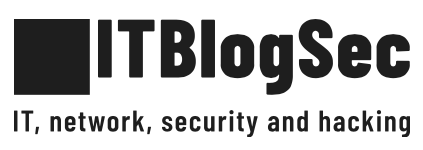IPv6 cheat sheet
Find very useful IPv6 cheat sheet. IPv6 is the most recent version of the Internet Protocol (IP), the communications protocol that provides an identification and location system for computers on networks and routes traffic across the Internet. IPv6 is the successor to the first addressing infrastructure of the Internet, Internet Protocol version 4 (IPv4). In contrast to IPv4, which defined an IP address as a 32-bit value, IPv6 addresses have a size of 128 bits. Therefore, IPv6 has a vastly enlarged address space compared to IPv4.
IPv6 addresses are classified by the primary addressing and routing methodologies common in networking: unicast addressing, anycast addressing, and multicast addressing.
- A unicast address identifies a single network interface. The Internet Protocol delivers packets sent to a unicast address to that specific interface.
- An anycast address is assigned to a group of interfaces, usually belonging to different nodes. A packet sent to an anycast address is delivered to just one of the member interfaces, typically the nearest host, according to the routing protocol’s definition of distance. Anycast addresses cannot be identified easily, they have the same format as unicast addresses, and differ only by their presence in the network at multiple points. Almost any unicast address can be employed as an anycast address.
- A multicast address is also used by multiple hosts, which acquire the multicast address destination by participating in the multicast distribution protocol among the network routers. A packet that is sent to a multicast address is delivered to all interfaces that have joined the corresponding multicast group
IPv6 does not implement broadcast addressing. Broadcast’s traditional role is subsumed by multicast addressing to the all-nodes link-local multicast group ff02::1. However, the use of the all-nodes group is not recommended, and most IPv6 protocols use a dedicated link-local multicast group to avoid disturbing every interface in the network.
Download file here
source: http://www.roesen.org

